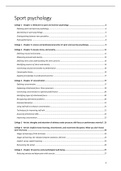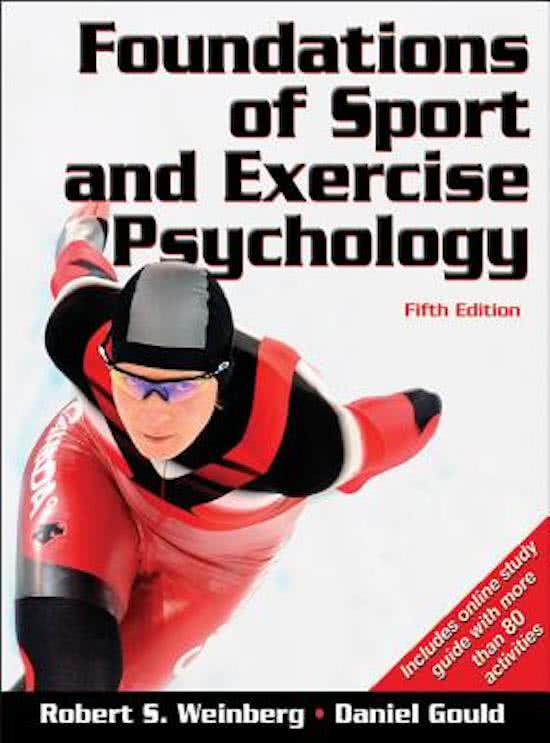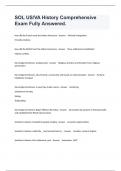Summary
Sport psychology samenvatting Radboud
- Course
- Institution
- Book
This complete summary summarizes the substance of Sport Psychology. The summary includes material from the book, the articles and notes from the lectures. It also includes images. The summary is written in English. In this complete summary, the literature of Sport Psychology is summarized. The s...
[Show more]





